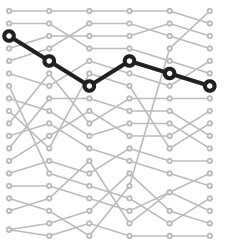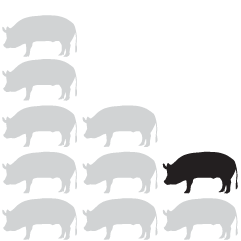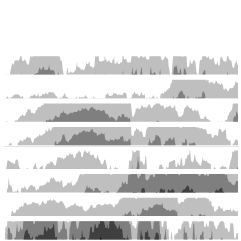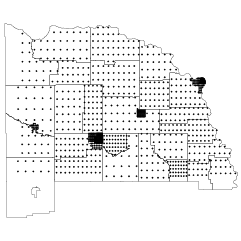After three years, The New York Times is switching away from local data collection to data from the Centers for Disease Control and Prevention:
As the virus began to spread rapidly in the United States in March 2020, it became clear that there was no single source that tracked infections at the local level. In the absence of comprehensive government data, The Times quickly built a custom system for gathering, vetting and publishing data from more than 100 state and local government sources.
By collecting the data continually, and from multiple levels of government, The Times was able to map the spread of the virus, with updated information published several times a day.
It’s sad that NYT had to collect data at all, but I’m glad they did. Those Covid pages were an invaluable resource those first two years.

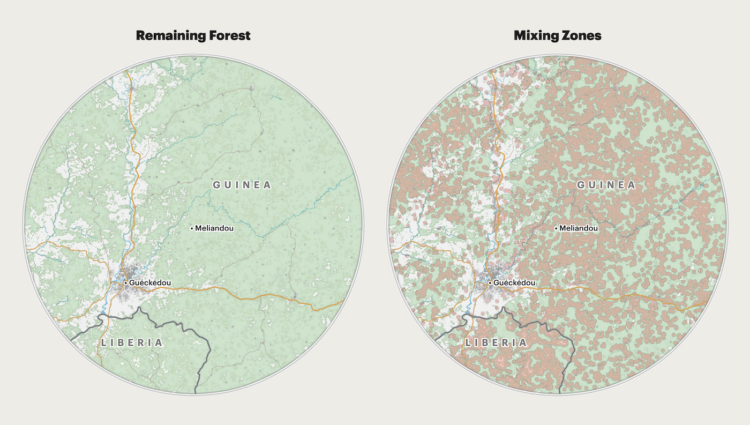

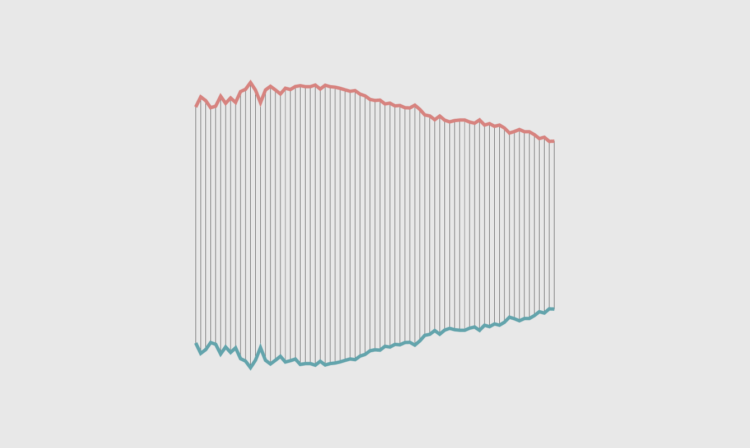

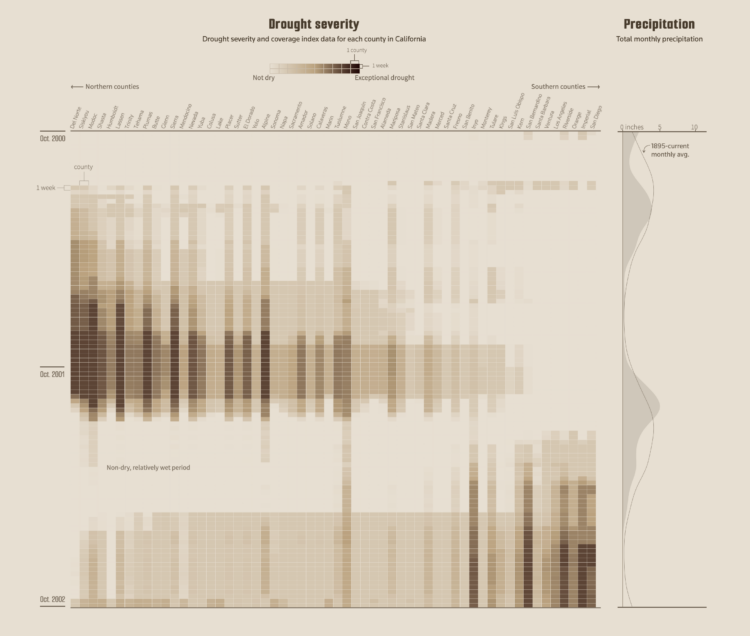
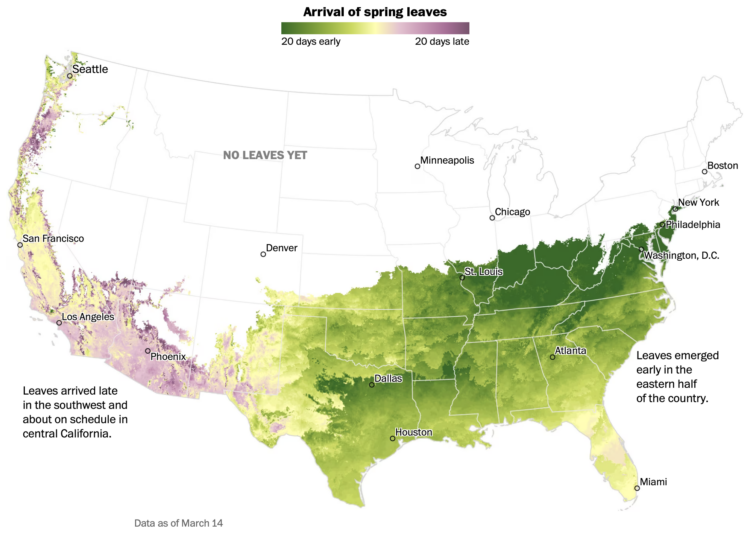
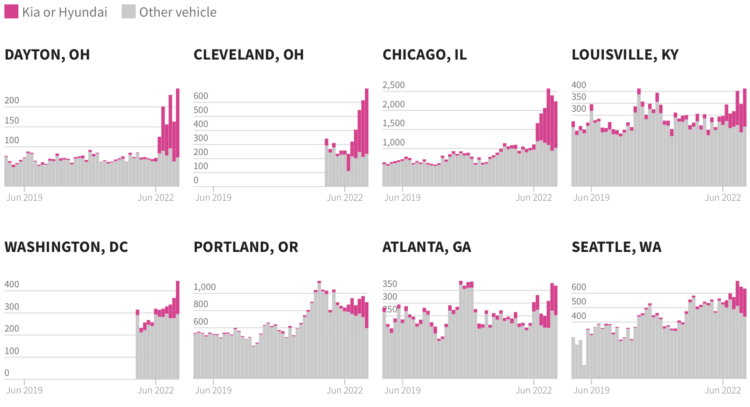
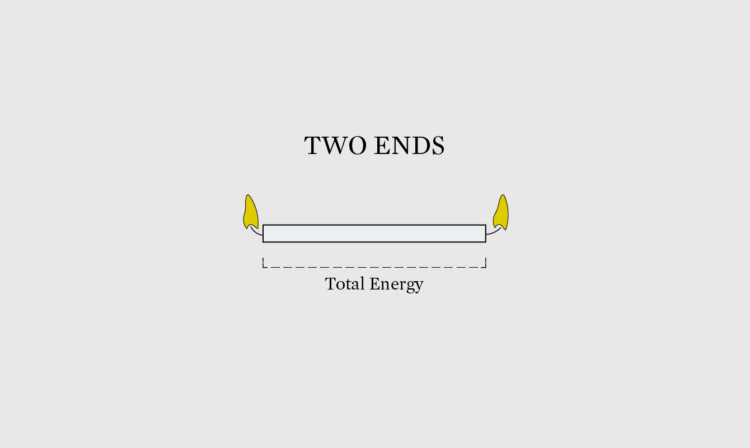
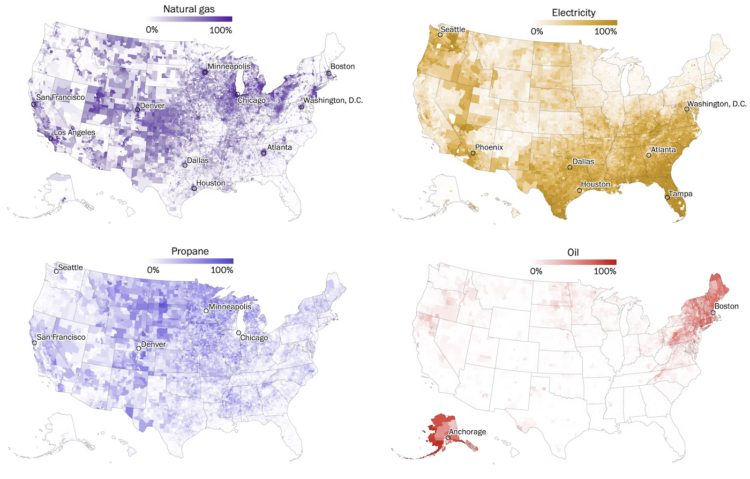


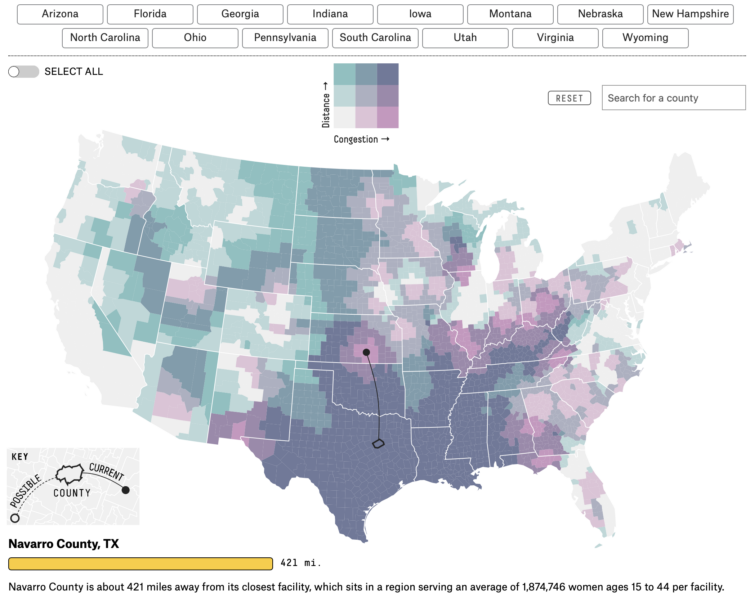

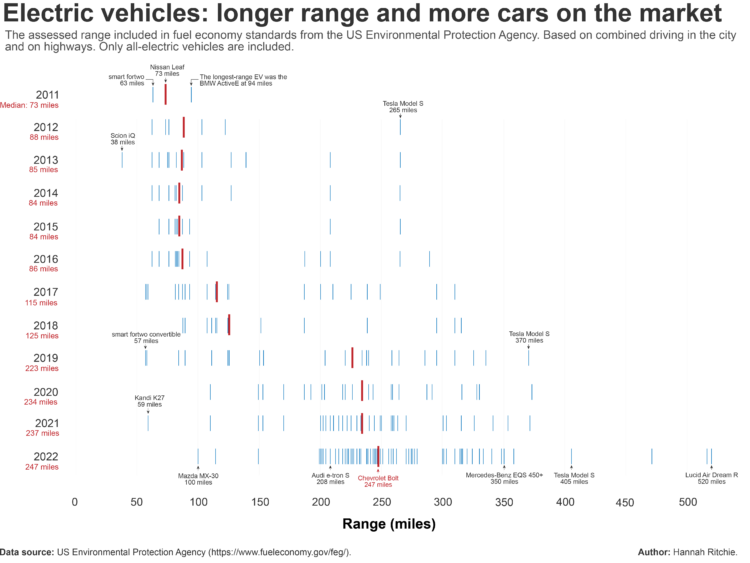
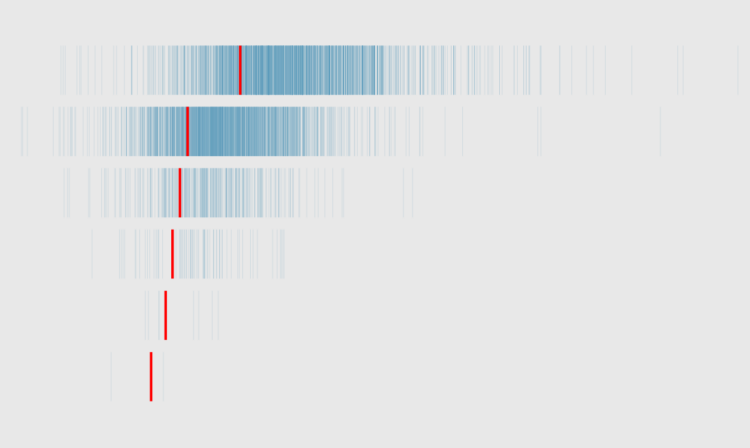
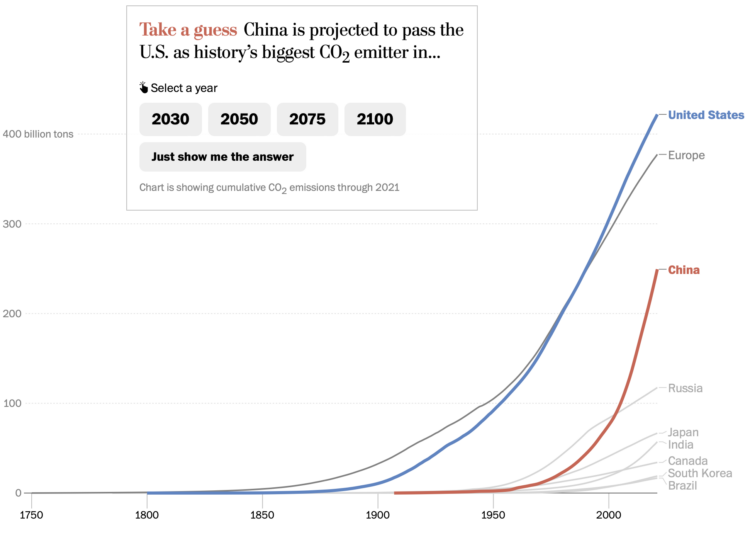
 Visualize This: The FlowingData Guide to Design, Visualization, and Statistics (2nd Edition)
Visualize This: The FlowingData Guide to Design, Visualization, and Statistics (2nd Edition)
